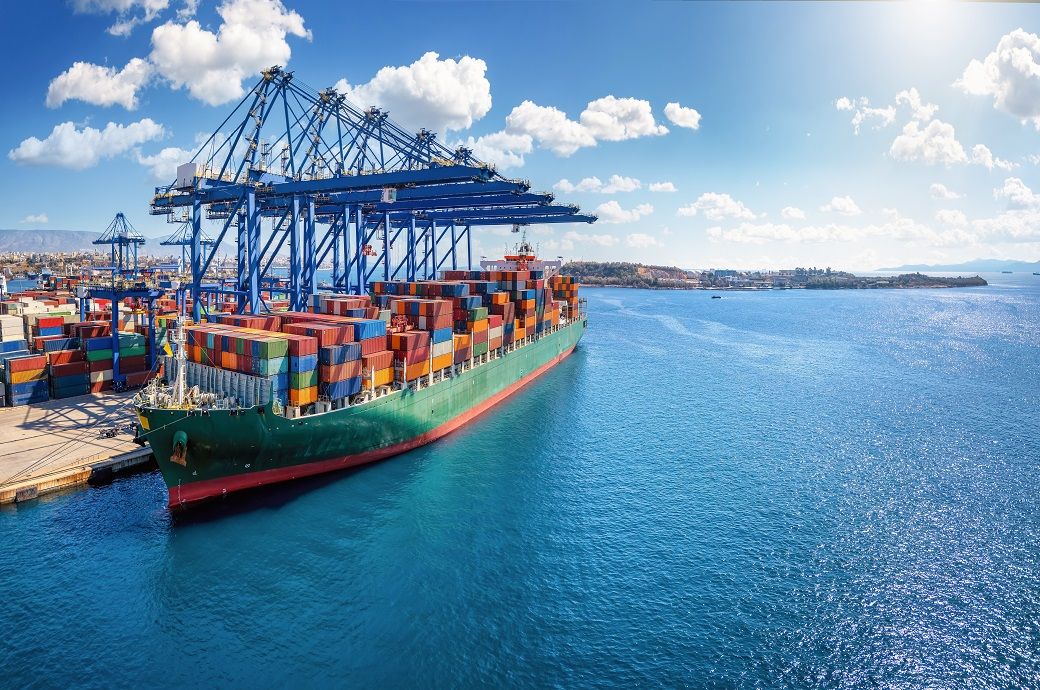
Under the proposal, to be enforced from 2028, vessels emitting carbon dioxide beyond set limits would face a charge of $380 per tonne. The carbon levy will go to a net zero fund that is projected to reach $40 billion by 2030. The fund will then be used to subsidise green fuels and low-emission technologies.
This poses an urgent need to restructure and modernise the country’s shipping fleet to reduce costs.
The country has about 1,500 operational cargo ships, of which 1,000 have a total capacity of 10.5 million deadweight tonnage (DWT) and average age of 17.4 years—higher than the global average, according to the Vietnam Maritime and Waterway Administration.
Most ships were built before 2020 and lack fuel-efficient designs or emission control technologies, making it difficult to meet stricter environmental standards, according to a domestic news agency.
As outdated engines will push up costs and reduce operational safety and efficiency, posing a threat to profitability and competitiveness, it is necessary to replace ships with modern and environment-friendly technology to avoid heavy levies and preserve profit margins in the long run, an industry expert was cited by the news outlet as saying.
Under the merchant fleet development project, the country aims at doubling the share of exports and imports handled by its national fleet to 10 per cent by 2026 and to 20 per cent by 2030.
The project also introduced incentives for ship moderniation, including exemptions of import taxes and a 50-per cent reduction in tonnage fees for vessels from 1,500 twenty-foot equivalent units (TEUs) or powered by clean fuels to 2030.
ALCHEMPro News Desk (DS)
Receive daily prices and market insights straight to your inbox. Subscribe to AlchemPro Weekly!